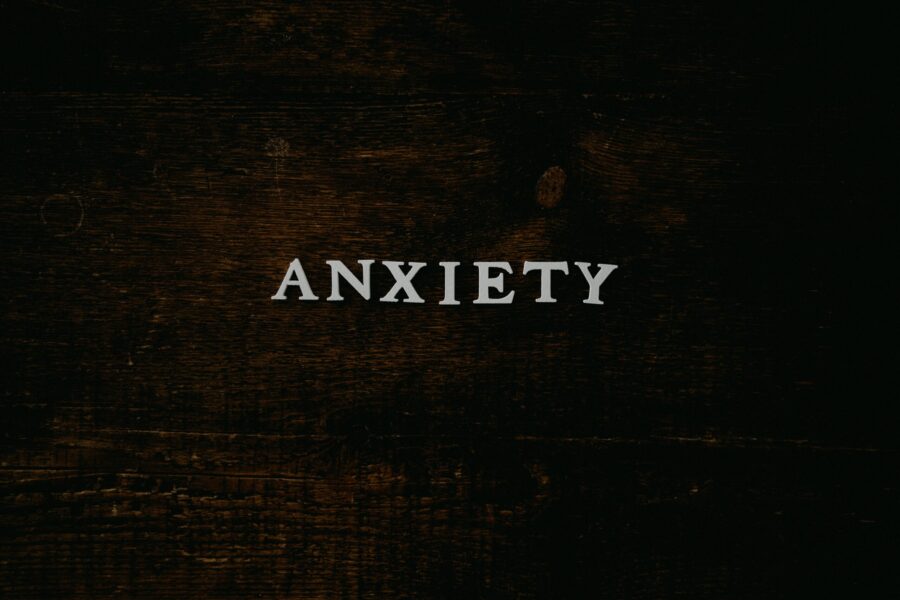More Kids Experiencing Anxiety, Fewer Getting Proper Help
More young people are experiencing anxiety, recent research shows, but fewer are getting the help they need, CNN reports.
A new study published in the American Academy of Pediatrics’ journal Pediatrics examined data from the National Ambulatory Medical Care Survey from 2006 to 2018 as well as office-based doctor visits. Among patients ages 4 to 24, researchers looked at how many of those visits resulted in an anxiety disorder diagnosis and what treatment was prescribed.
While visits for anxiety increased threefold, from 1.4% between 2006 and 2009 period to 4.2% in the period from 2014 to 2018, the proportion of visits with therapy decreased.
More than that, in the later years analyzed by the survey, the likelihood of a patient receiving medication alone – without therapy – to treat the anxiety increased significantly.
Anxiety is getting worse in U.S. young people
The research underscored what mental health care providers have been saying: anxiety in U.S. young people is getting worse, said lead study author Dr. Laura Chavez, a principal investigator in the Center for Child Health Equity and Outcomes Research at Nationwide Children’s Hospital in Columbus, Ohio.
“The burden for treating mental health conditions among young kids is growing,” said Chavez. “Even when patients are able to navigate the health care system and attended visits with a physician, it may still leave without (the patient) getting the treatment that they need.”
Even worse, many young people do not seek treatment at all. “There are lots and lots of people who are not even getting anything,” said Dr. Lata McGinn, a professor of psychology at Yeshiva University in New York City unaffiliated with the study.
If medication is being prescribed, what’s the problem?
If patients are receiving medication, what’s the big problem?
This new research data is troubling, because existing evidence has shown that for most people, therapy is the best way to treat anxiety, explained McGinn, who is also cofounder of Cognitive & Behavioral Consultants in White Plains, New York.
For many, cognitive behavioral therapy, or CBT, is a “frontline defense against anxiety,” she added. And for severe conditions that respond to medication, best practices advocate for both psychotherapeutic and pharmaceutical interventions. Only taking medication – without doing the underlying work to address anxiety – can result in taking it for a very long time.
“The fact that they’re not receiving therapy suggests that they’re basically not learning tools to cope with anxiety on their own,” McGinn added, explaining that the lack of therapy is especially concerning for young people who are still developing biologically and socially.
Why is therapy so critical?
When you’re struggling with conditions like anxiety and depression, it can feel like being in an ocean, explains Dr. Ariana Hoet, executive clinical director of On Our Sleeves, an initiative created by Nationwide Children’s Hospital that advocates for children’s mental health.
Medication can be like wearing water wings, she explained. “You can have these floaties, and it gives you that breather. It takes away the intensity of the symptoms,” when you are sinking with exhaustion from being battered in the currents.
Therapy, on the other hand, is designed to teach you to swim. Even if you receive medication to keep you from going under from anxiety, “you still want to go into therapy to learn the tools to still learn how to cope with it and live with it and live through it,” Hoet said. Both tools are vital interventions in helping young people cope with anxiety and depression.
Read the full article here.
Or read the research study in the American Academy of Pediatrics’ journal Pediatrics.
Holcombe, Madeline. “More kids are anxious but fewer are getting the right help, study shows.” CNN.com, 7 Jun 2023, https://www.cnn.com/2023/06/07/health/anxiety-kids-medication-therapy-wellness/index.html.
Photo by Annie Spratt on Unsplash



